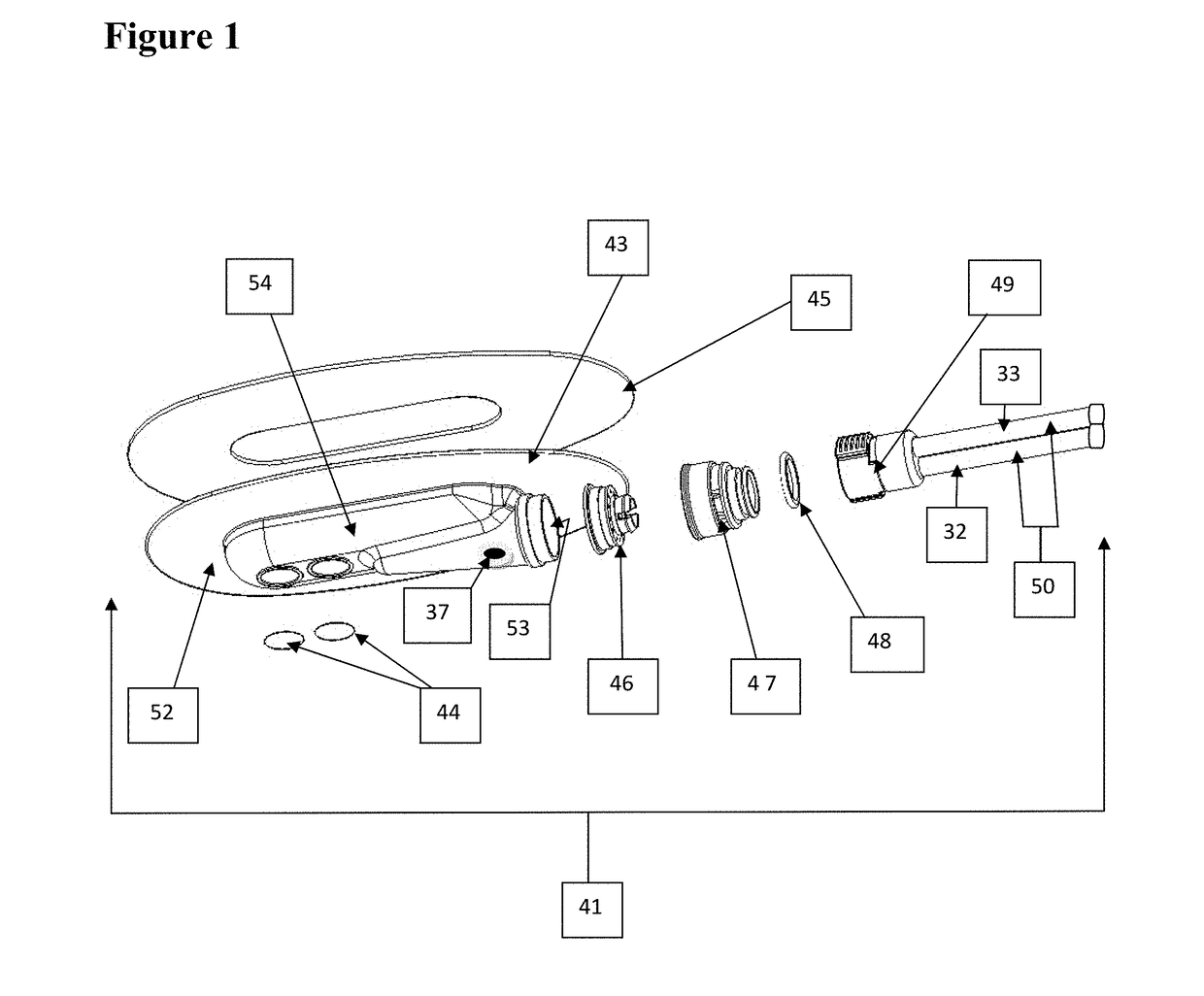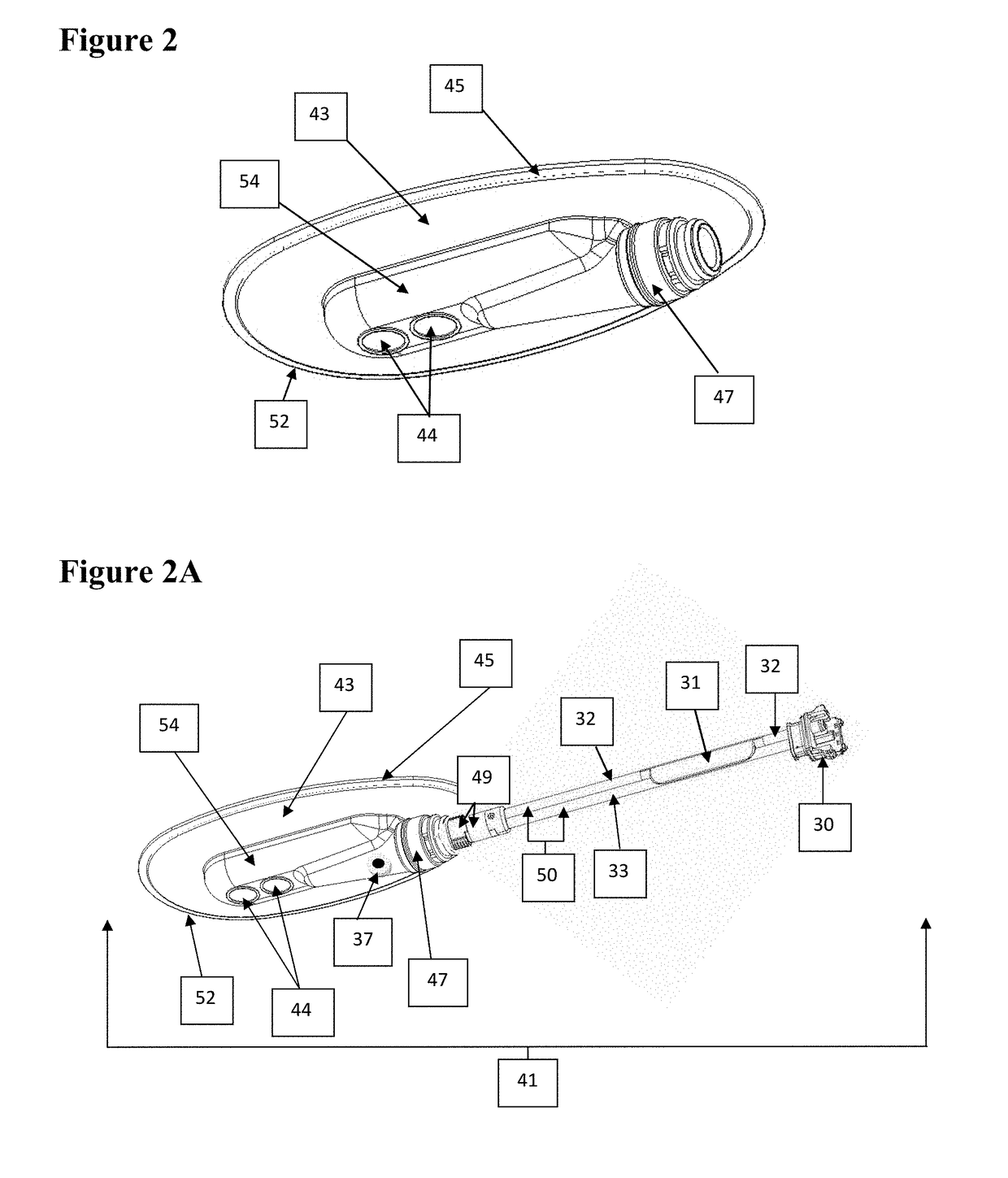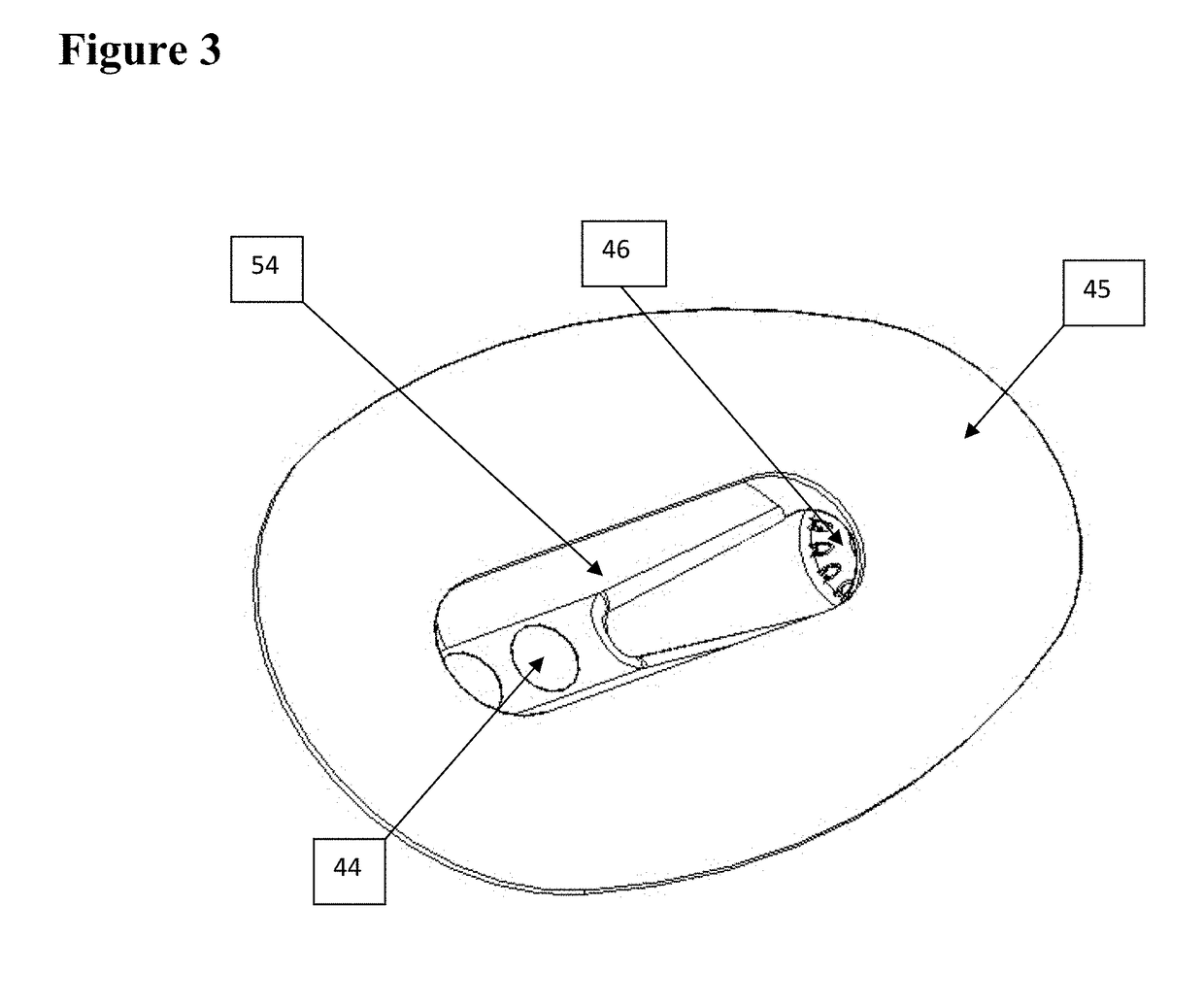Because the catheters during this time period were made from rubber they proved to be very weak at body temperature and caused serious health concerns.
The catheter would break down and leave debris in the bladder that led to serious complications, not the least of which was bladder infections.
Despite the fact that sterile technique had been used for catheterization for many years, urinary tract and bladder infections were frequent occurrences among patients that had been catheterized.
This sadly results in frequent and severe bladder or urinary track infections.
These infections are very painful and can often lead to disability, longer hospital stays and even death.
Worldwide the treatment of
indwelling catheter generated nosocomial infections costs the healthcare
system billions of dollars each year.
It is commonly known in the art and the healthcare industry that there are several problems that are common with the use of
indwelling catheters such as the
Foley catheter.
Some of these problems have been identified as:The
balloon can break while the catheter is being inserted.The
balloon might not inflate after it is in place.
Urine stops flowing into the bag.
Urine flow is blocked.The
urethra begins to bleed.Introduction of an infection into the
urethra and / or the bladder.
The
risk of infection in the bladder or urinary tract increases with the number of days the catheter is in place.If the balloon is opened before the
Foley catheter is completely inserted into the bladder, bleeding, damage and even rupture of the
urethra may occur.
The most common fractures occur near the distal end or at the balloon.Catheters can be pulled out by patients while the balloon is still inflated, leading to major complications or even death.The balloons fail to
deflate for removal and while be being pulled out when the balloon is still inflated also leads to major complications or even death.To prevent leakage and maximize the functionality of the catheters, the catheters are sized to fit snugly in the urethra of a user which is not of a uniform and placement in such tight conditions causes
irritation and often damage to the urethra.Virtually all
indwelling catheters leak around the catheter which increases the
risk of infection and causes extreme discomfort to the catheterized patient.
The problem for the medical
community is that very few such external collection devices have been developed in the art and none of them afford an
effective solution to this chronic problem.
Again the problem with all of these female external catheters or
urine collection systems is that they are only appropriate for use by an incontinent person and not for bladder management of a person suffering with
urinary retention or ischuria for which indwelling catheterization remains the only effective means of bladder management.
The use of external catheters, i.e. the
condom or Texas catheter for treating male
urinary incontinence is well known, as disclosed in U.S. Pat. Nos. 4,378,018, 4,187,851, 3,863,638, 3,835,857 and 4,475,910, however the use of male external catheters is only appropriate for use by an incontinent person and not for bladder management of a person suffering with urinary retention or ischuria for which indwelling catheterization remains the only effective means of bladder management.
A significant problem exists with this type of
condom catheter because many users apparently will put on the strips in a way that is too tight for the
penis causing
irritation, restriction of
blood flow and in some extreme cases,
necrosis.
It is well known in the art that using external condom catheters can cause a variety of serious problems for the user.
These problems include
skin irritation, maceration of the
penis tip, urinary tract infections (UTI),
ischemia and penile
edema or urethral obstruction.
Many of these complications occur frequently when the catheter: is not put on correctly; is used for longer than recommended; causes skin to be constantly wet which often softens the skin which eventually will be worn away by the condom catheter.
Skin barrier products are often used prior to the application of the condom catheter to protect the skin from constant wetness but these have proven to be ineffective in preventing these potentially life threatening conditions.
The use of
adhesive straps, especially with the condom catheters with
adhesive on both sides, is known to cause strangulation of the penis or to excessively constrict it.
Condom catheters are also known to cause infections which typically stems from the fact that all current art condom catheters are ineffective in preventing urine from accumulating and remaining against the penis and often times the urethra.
The skin of a user can also break down with minor
erosion and dermatitis resulting from lack of air and presence of urine.
Backflow leakage is a persistent problem in condom catheters as well resulting from fluid
backflow between the penis and the sheath of the condom.
It is well known in the art that there are significant problems with this design in fitting these pads and catheters on the penis exactly as intended.
This process is difficult if not impossible for most patients suffering from
urinary incontinence since they often lack the ability to undertake such intricate maneuvers.
Attending medical personnel are often unable or unwilling to take the time necessary for properly wrapping and molding the
sealant pads in place, and then carefully fitting the sheaths over the pads to form the necessary leak proof seal.
Additionally the problems that may result from the improper application of such a condom catheter often are more serious than
backflow leakage or patient discomfort, i.e. urinary tract infections and sores.
In the event an adhesive pad as shown in U.S. Pat. No. 4,187,851 is wrapped too tightly around the penis, circulation might be impaired and
tissue necrosis could result.
This composition does appear to avoid some of the serious dangers that have been associated with the
wrap around sealant pads described above, however, the known difficulties of applying these types of condom catheters coupled with the problem of leakage resulting from improper application persist and they may even be worse.
Making matters worse many users while trying to
handle these condom catheters frequently experience the adhesive coated inner surface coming into contact with each other and sticking together during application of the catheter.
Separation of these surfaces after they have stuck together is virtually impossible.
Again, this is a major difficulty in the use of these types of condom catheters and consequently are particularly unpopular.
The prior art condom catheters, while partially effective in aiding male suffering with incontinence, as disclosed above, each have a number of significant problems such as:1) Attachment by adhesive which is difficult to obtain an effective seal without channeling issues occurring and causing a serious
skin irritation and damage upon removal for many users;2) Difficulty in applying and removing the condom catheter without injuring the penis;3) Difficulty in securely attaching the condom catheter to a user such that it remains functional, despite activity and a flaccid condition of the penis; and4) Accumulation of urine that causes irritation and urinary tract and other types of infections.
Again the problem with all of these male external catheters or
urine collection systems is that they are only appropriate for use by an incontinent person and not for bladder management of a person suffering with urinary retention or ischuria for which indwelling catheterization remains the only effective means of bladder management.
It is known in the art that most complications that occur with both male and female external catheters occur when the catheter is either used incorrectly or used for a longer period of time than intended.
The most common complications that can occur are:
Skin irritation or urinary tract or bladder infections.Constant wet skin can become soft and worn away by the
external catheter.Allergic reactions to the materials can develop as well.
All of the prior art above does not effectively permit urine to escape the initial collection area thus leaving a user wet with their own urine.
This is so even when a vacuum or pump means is utilized to draw urine away from the user because the materials used in the primary collection area adjacent to the urethra do not provide an adequate venting means to permit the urine to completely evacuate and the area to dry.
An extensive search of the prior art reveals that there are no devices available or even taught for bladder management that combine an effective external
urine collection system or catheter with an indwelling catheter.
Further there are no indwelling catheters that effective and sanitary in use unless the catheter is sized to fit relatively snugly inside the urethra.
Thus, while there are a number of prior art attempts to solve the problem of patients remaining wet while wearing these devices and developing infections, etc., none of these devices are satisfactory solutions.
 Login to View More
Login to View More  Login to View More
Login to View More 


